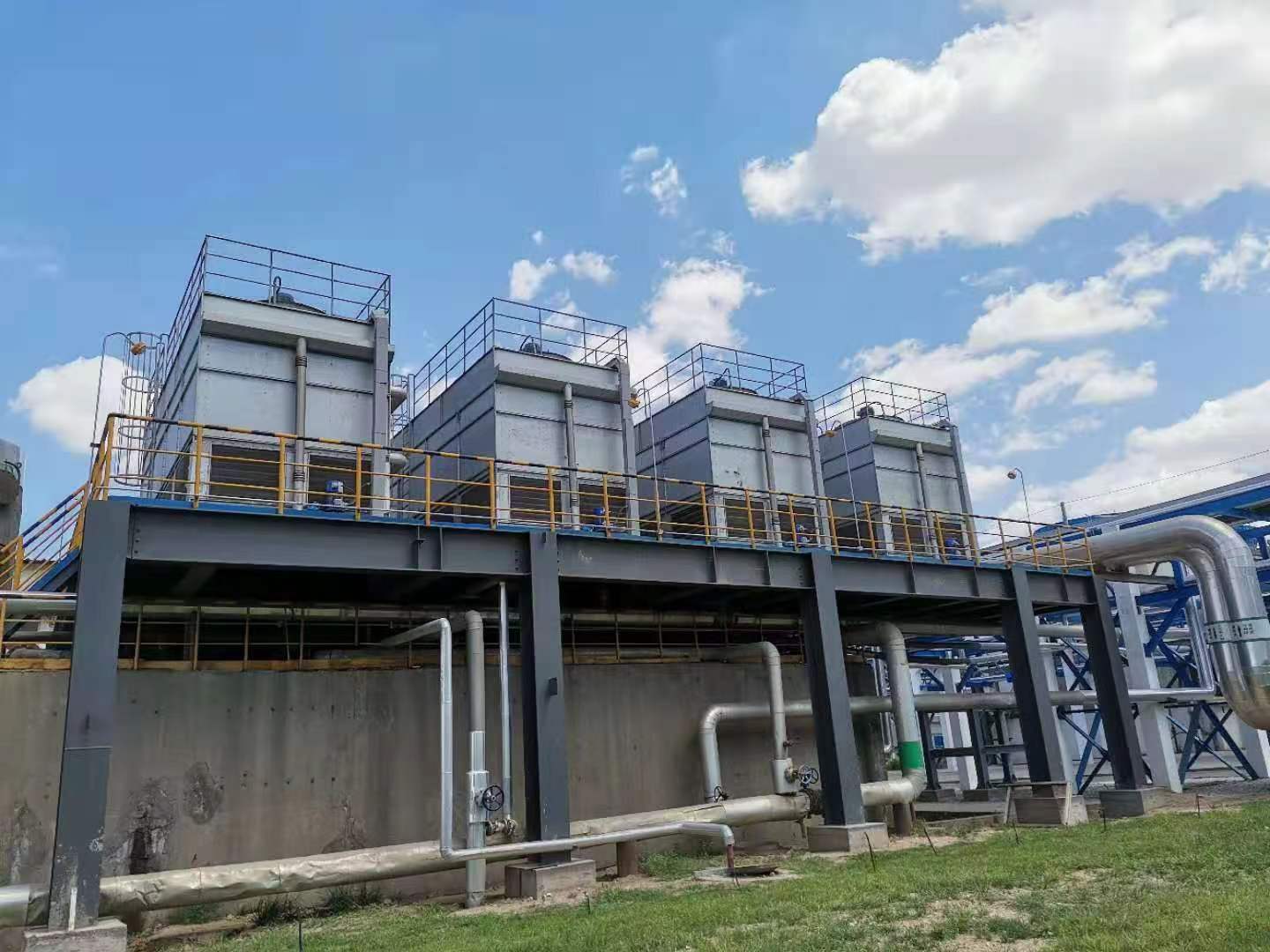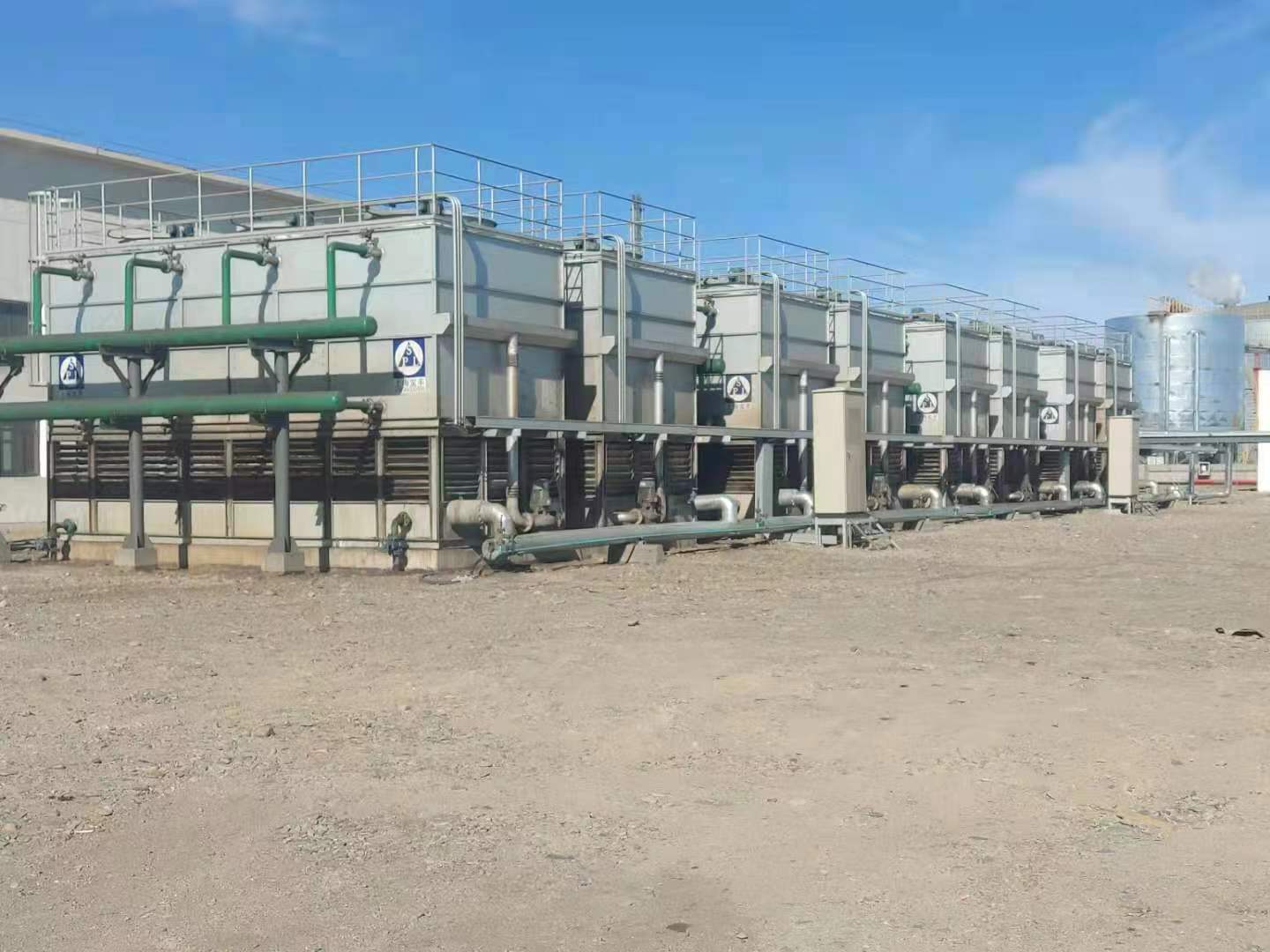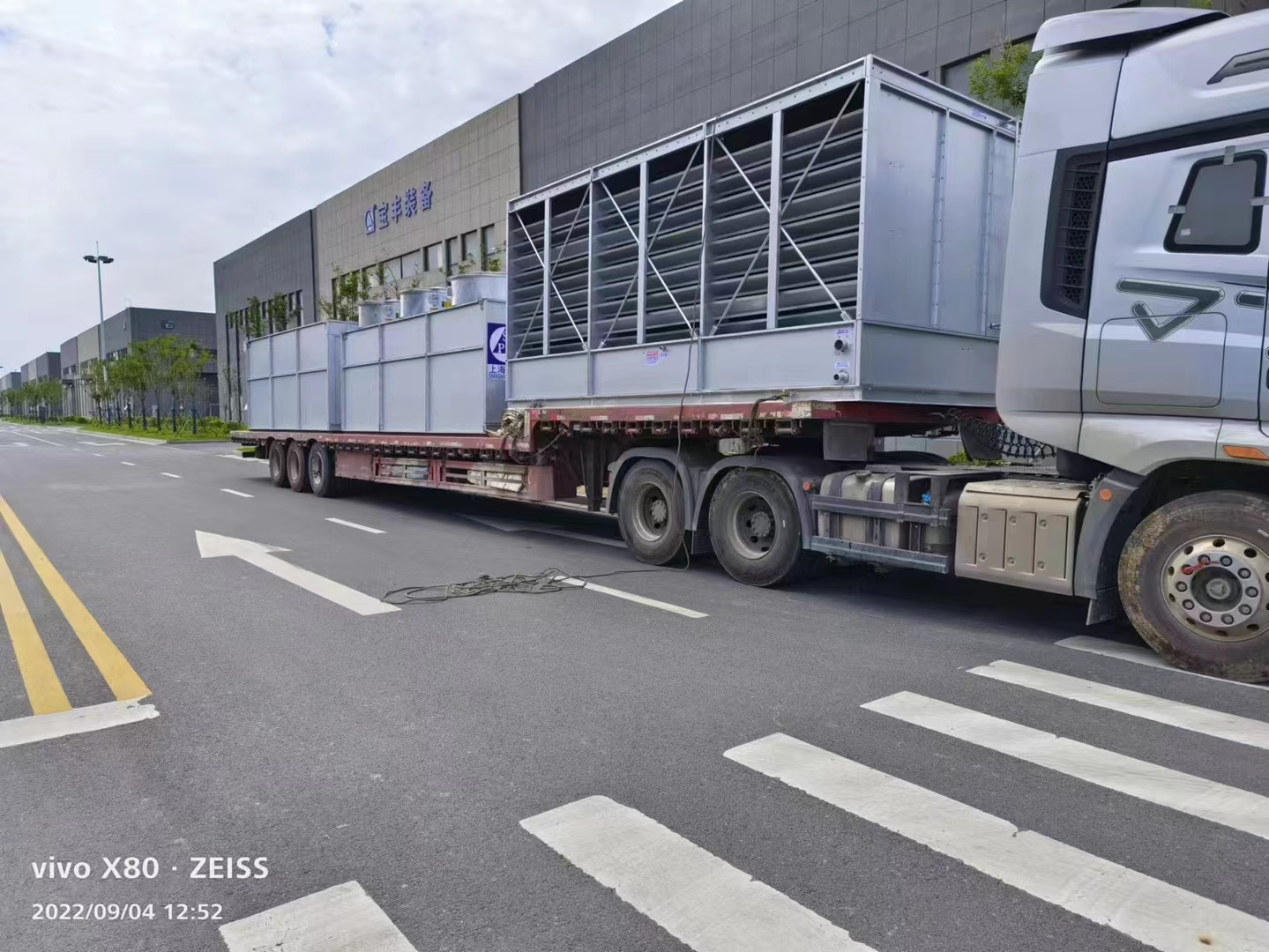foreword
Cooling tower is a kind of industrial heat dissipationequipment, which is an indispensable part of industrial production process. With the rapid development of economy and technology, the form of cooling towers has also undergone tremendous changes. Today we will focus on the four stages of cooling tower development.
1、pool cooling
The principle of pool cooling is to dig a large pool in the factory and put the production equipment that needs to be cooled directly into the pool to cool down the production equipment.
Features of pool cooling
Easy to dirty, easy to freeze, easy to block, easy to scale;
Waste of water and electricity; serious waste of water and electricity resources;
Ponds need to be dug, which occupies a large area and affects the layout of the factory;
The pool is naturally cooled, and the cooling effect is poor;
There are many impurities and dust, which can easily block the pipeline;
Pool leaks are not easy to fix.
2、Pool + open cooling tower

This form of cooling equipment has improved a lot compared to the first generation of pool cooling, but there are still many unavoidable disadvantages.
Features of pool + open cooling tower
Open cycle, debris entering the pipeline is easy to block;
The pure water evaporates, and the scale components continue to increase;
Direct sunlight can increase algae and block pipes;
serious waste of water resources;
The temperature drop effect is not ideal;
The installation is inconvenient, and the use and maintenance costs are high.
3、Heat exchanger + open cooling tower + pool

Compared with the former two types of cooling equipment, this form of cooling equipment adds more plate or shell heat exchangers, which improves the cooling efficiency to a certain extent, but the later operation and maintenance costs are greatly increased.
Features of heat exchanger + open cooling tower + pool
Increased power consumption due to water drop and open head loss;
The outer circulation relies on packing to exchange heat, which is easy to block;
A heat exchanger is added in the middle, which reduces the heat exchange efficiency;
The external circulation is prone to fouling, resulting in a serious drop in heat exchange efficiency;
The internal and external two-way circulating water system increases operating costs;
The initial investment is small, but the operating cost is high.
4、Fluid Cooling Tower

This form of cooling equipment has successfully avoided the disadvantages of the previous three generations. It adopts two circulation cooling methods that completely isolate the inside and outside, and uses the cooling principle of the latent heat of vaporization to cool the internal circulating water. Due to the use of full automation and low failure rate, the cost of later operation and maintenance is greatly reduced, which is suitable for long-term development and use of enterprises.
The characteristics of closed cooling tower:
Save water, electricity and space;
No freezing, no clogging, no scaling;
No impurities, no evaporation, no consumption;
Easy to operate, intelligent control, stable operation;
Small size, easy installation and flexible arrangement;
Long service life, low maintenance and operating costs.
Post time: Aug-01-2023